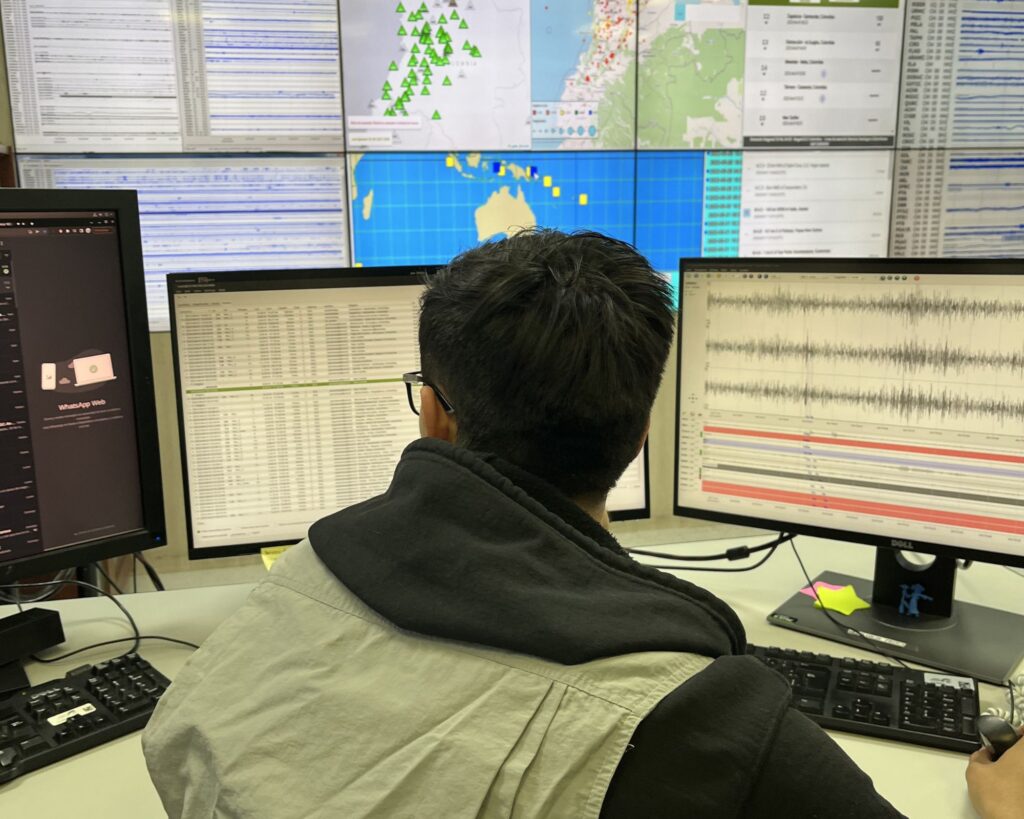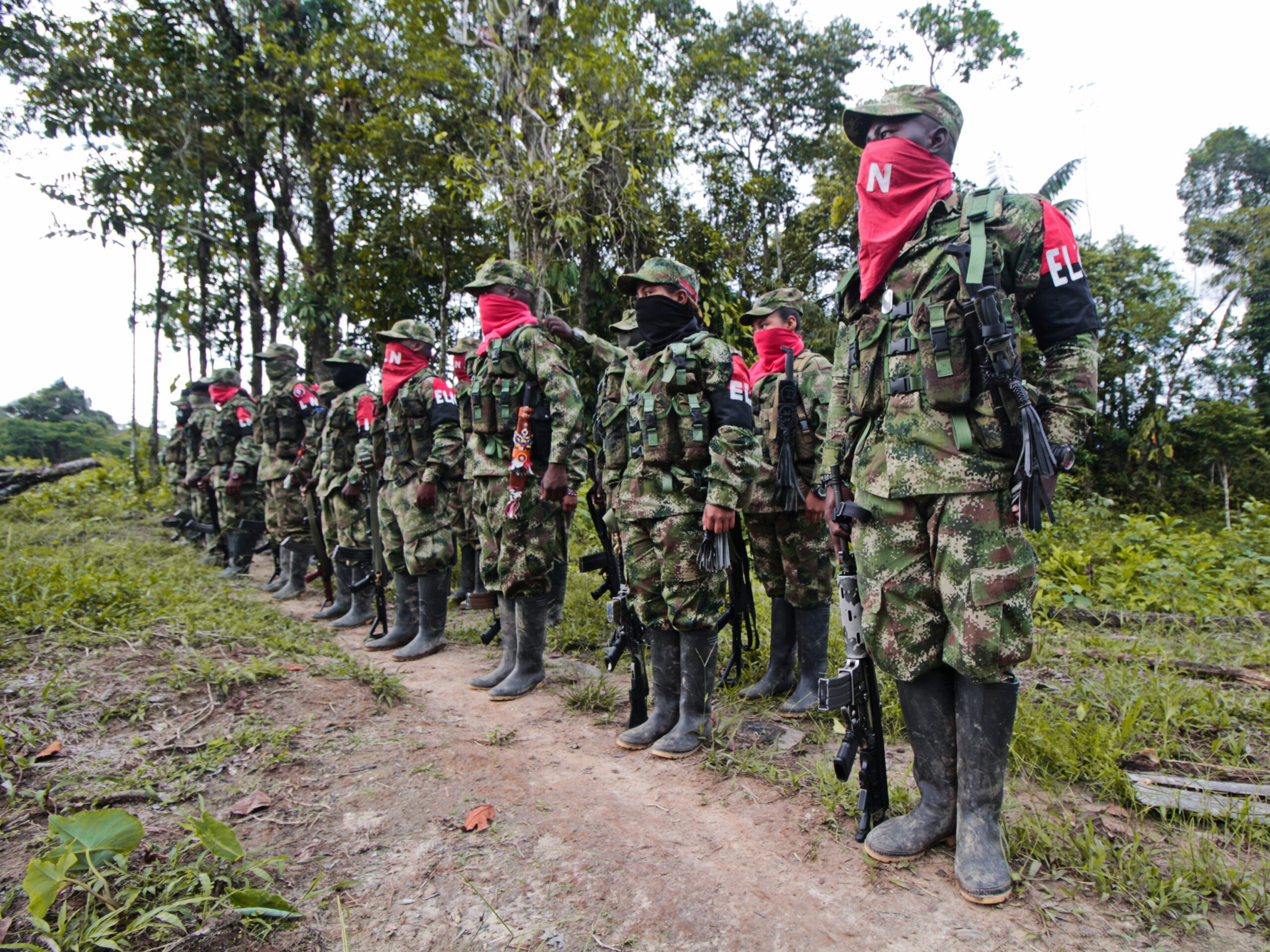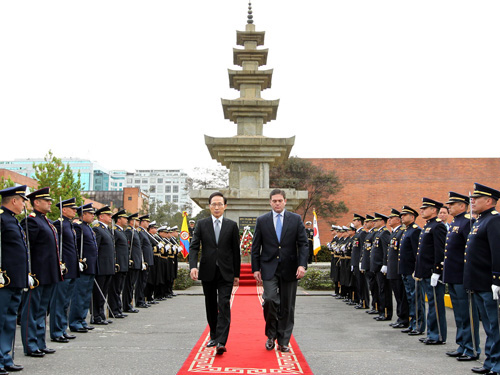We spoke to a seismology expert in the aftermath of the recent earthquakes that shook Bogotá.

A powerful 6.1 magnitude earthquake struck Bogotá recently (August 17), damaging Colombia’s congress building and sending residents streaming into the streets. We spoke to Bogdan Nitescu, a professor of geosciences at the University of Los Andes, to find out more about earthquakes in Colombia.
Earthquakes in Bogotá are the result of tectonic plates that drive the seismic activity we’ve been seeing. Sitting near the Eastern Cordillera of the Andean belt, Bogotá is vulnerable to the interaction of three major tectonic plates, the Pacific Ocean’s Nazca Plate, the Caribbean plate, and the South American plate. “Faults close to Villavicencio are active, and they accumulate elastic stress over a period of time until at some point, there is a sudden slip and a huge movement of the eastern cordillera”, Nitescu said.
“When this energy is released, it spreads throughout the territory… this is what happened on the 17th August”, he continued. Some parts of the city are better prepared than others. “Seismic risk to the city varies from zone to zone, and depends partially on the type of subsurface material and partially on building standards”, Nitescu continues.
How earthquake-resistant is Colombia?
In 1983, a 5.6 magnitude earthquake hit Popayán and over 250 people lost their lives. Colombia introduced earthquake-resistant building codes a year later as a result of the tragedy. These have been updated multiple times in the decades since, in part because of Colombia’s Andean vulnerability to seismic events.
According to Nitescu, modern buildings that adhere to the country’s updated standards are well-prepared for disasters like the kind that hit the region last week. However, that’s only part of the picture. Some new buildings aren’t up to scratch, and there’s work to be done with those constructed before the regulations came into force.
“The city’s main concern should be heritage buildings, but also new houses not constructed according to the building codes”, he said. “For example, in the south with Ciudad Bolívar, and along the mountain slopes with ‘Barrios de invasion,’ largely brick houses constructed without approval, people are at risk of landslides caused by earthquakes.”
Barrios de invasion are informal, often self-constructed settlements. They often don’t have access to water and electricity and – as they are built without local permission – are sometimes on unsafe ground. One of the reasons that the 2017 Mocoa landslide death toll was so high was that many displaced people had settled in informal and unplanned barrios.
What to do in case of an earthquake
The Colombian Geological Service offers the following advice on how to act in the event of an earthquake.
- Try to stay calm and look for a safe place — away from any falling debris — where you can shelter until it passes.
- Residents stuck indoors should avoid door frames as these are often vulnerable to earthquakes. Instead, find a column or a desk for protection. Avoid windows or glass that could shatter.
- If you are outside, stay in the centre of the street, providing traffic has stopped. That way you can avoid falling bricks or glass from nearby buildings.
- In the immediate aftermath, those at home should turn off gas and power supplies in case of aftershocks, and those outside should avoid any electrical cables.
Android and Apple mobiles also have alert systems which, when activated, can provide warnings ahead of time to people living further away from an earthquake’s epicentre.





